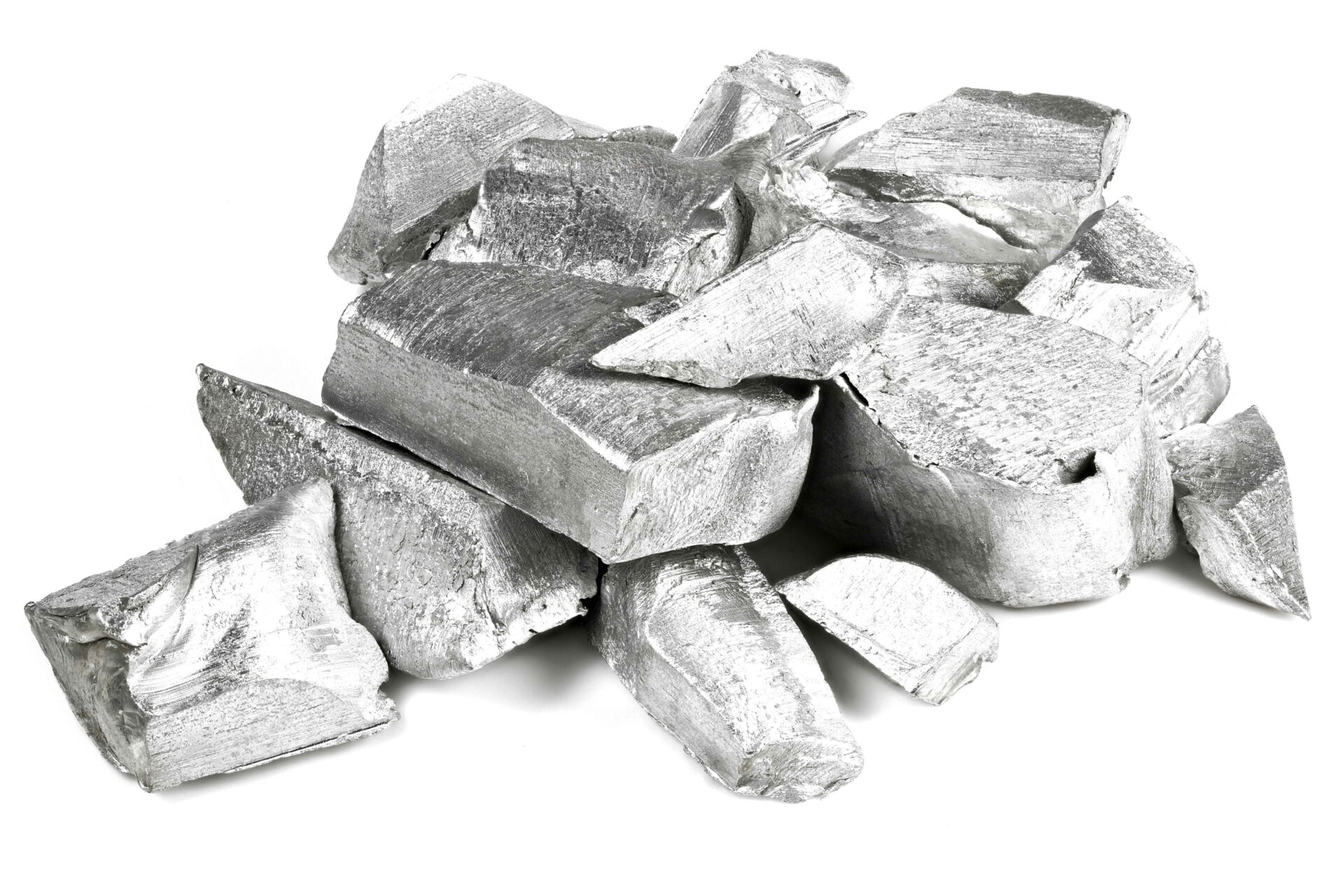Aluminium (or aluminum in American English) is one of the most versatile and widely used metals in the world. From its fascinating chemical properties to its extensive applications in modern industry, this lightweight metal has shaped human life in ways both obvious and subtle. In this blog, we will explore aluminium in depth—its chemical nature, development, production, and the myriad ways it touches our daily lives.
Global Names for Aluminium:
Aluminium is represented by the symbol Al on the periodic table and has an atomic number of 13. It is a silvery-white, lightweight metal with remarkable properties:
Chemically, aluminium is highly reactive in its pure form but is rarely found in nature as a free metal. Instead, it exists in compounds like bauxite (Al₂O₃·xH₂O), which serves as the primary source for commercial aluminium production.
Although abundant in the Earth's crust, aluminium was once considered a precious metal. In the 19th century, it was as expensive as silver. The breakthrough came with the Hall-Héroult process in 1886, an electrolytic method that made large-scale aluminium production feasible and economically viable. This process involves dissolving alumina in molten cryolite and applying electric current to extract pure aluminium.
Since then, aluminium has transitioned from a rare luxury to an everyday material. Its development has closely followed advances in metallurgy, casting, and alloying techniques.
Aluminium production can be divided into three main steps:
One of the most important production methods in modern industry is aluminium extrusion, which allows manufacturers to produce aluminium profiles of various shapes and sizes. Extruded aluminium is lightweight, strong, and easily customizable, making it ideal for construction, transportation, and industrial applications.
Pure aluminium is relatively soft, so it is often alloyed with elements like copper, magnesium, silicon, and zinc to improve strength, corrosion resistance, and formability. Common aluminium alloys include:
Alloys allow aluminium to compete with heavier metals like steel in many applications while maintaining the advantage of low weight.

Aluminium’s versatility makes it indispensable in modern life. Key applications include:
Aluminium extrusion is a particularly important process in industries requiring precision and customization. Profiles can be designed for structural frames, architectural facades, window systems, and even modular furniture. Benefits of aluminium extrusions include:
Aluminium is highly sustainable due to its recyclability. Recycling aluminium requires only about 5% of the energy needed to produce primary aluminium from ore. This makes aluminium one of the most eco-friendly metals in industrial applications, from beverage cans to large structural components.
From a once-rare precious metal to a cornerstone of modern engineering, aluminium has come a long way. Its chemical properties, lightweight nature, and versatility have made it a critical material across industries, including construction, transportation, packaging, and electronics. By understanding aluminium—from its elemental characteristics to advanced extruded profiles—we gain insight into a metal that truly shapes our modern world.
Aluminium is more than just a metal; it’s a story of innovation, efficiency, and endless possibilities. Whether you’re an engineer, designer, or simply curious about materials, aluminium offers a fascinating glimpse into how science and industry come together to improve everyday life.